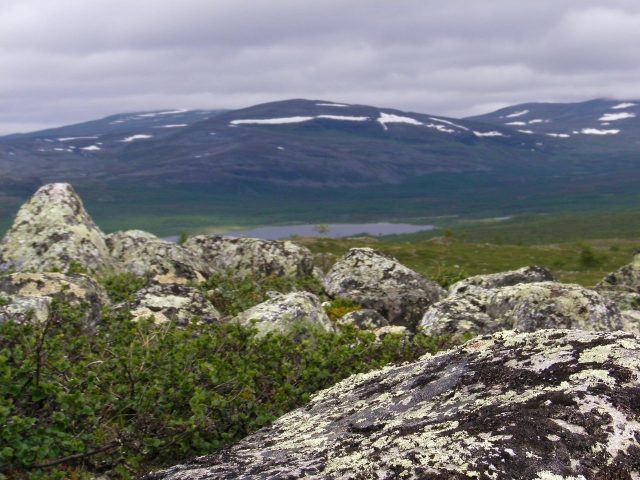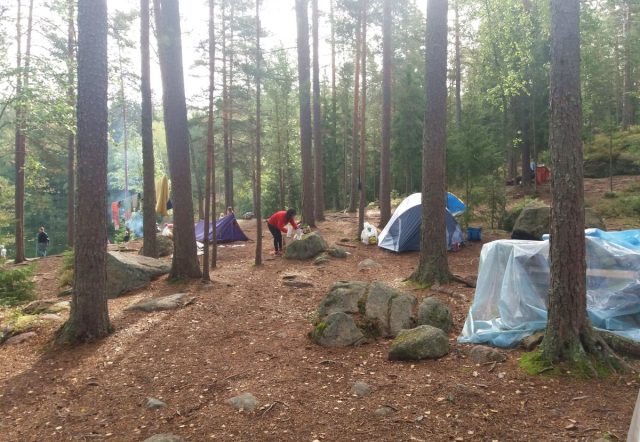The summer of 2019 in Finland’s capital Helsinki was the first time when I thought that finally, overseas tourists have discovered the city. Tourist groups toured even in the new Oodi library, and happily camped in Nuuksio national park just outside the city. Something is happening, I pondered. And here we are, Finland has been chosen as the best travel destination for wildlife tourism 2019 by True Luxury Travel.
The travel agency has published its second Global Wildlife Travel Index that studies and indexes countries based on how they manage their environment, wildlife, national parks, forests, and protected areas. Top 20 countries 2019 are:
- Finland
- Sweden
- Brazil
- Canada
- USA
- Norway
- Spain
- Germany
- Poland
- Slovenia
- Italy
- Venezuela
- Slovakia
- Russia
- France
- Australia
- Costa Rica
- Latvia
- Estonia
- Switzerland
The writers of the study summarize Finland’s strengths for wildlife travel: “… its high levels of environmental sustainability, its unique and varied diversity of species, beautiful natural landscapes, and conservation efforts.”
It may raise a few eyebrows, however, that Brazil is ranked the third best destination in the index. The key factors that were analysed for the index were (view the index web page for country ranking in each category):
- Megafauna Conservation
- Wildlife Species
- Prevalence of National Parks
- National Parks Pioneers
- Protected Natural Areas
- Forest Area
- Environmental Prosperity
- Environmental Sustainability
Here is a tip for travelers who are studying maps – perhaps because they are planning a trip to Finland. In many countries, for instance, in central Europe, like France or Germany, forests are clearly marked in maps. In Finland and in Nordic countries, like Sweden and Norway, maps never label forests. Why? The default is that practically everything is covered by forests. Only items that are something else, like towns and roads are featured in maps. The Wildlife Travel Index puts a number on it: 73.1% of Finland and 68.9% of Sweden is covered by forest.
One of Europe’s largest genuine wilderness regions Lapland above the Arctic Circle attracts nature lovers, whereas Helsinki is developing into a trending urban destination.


